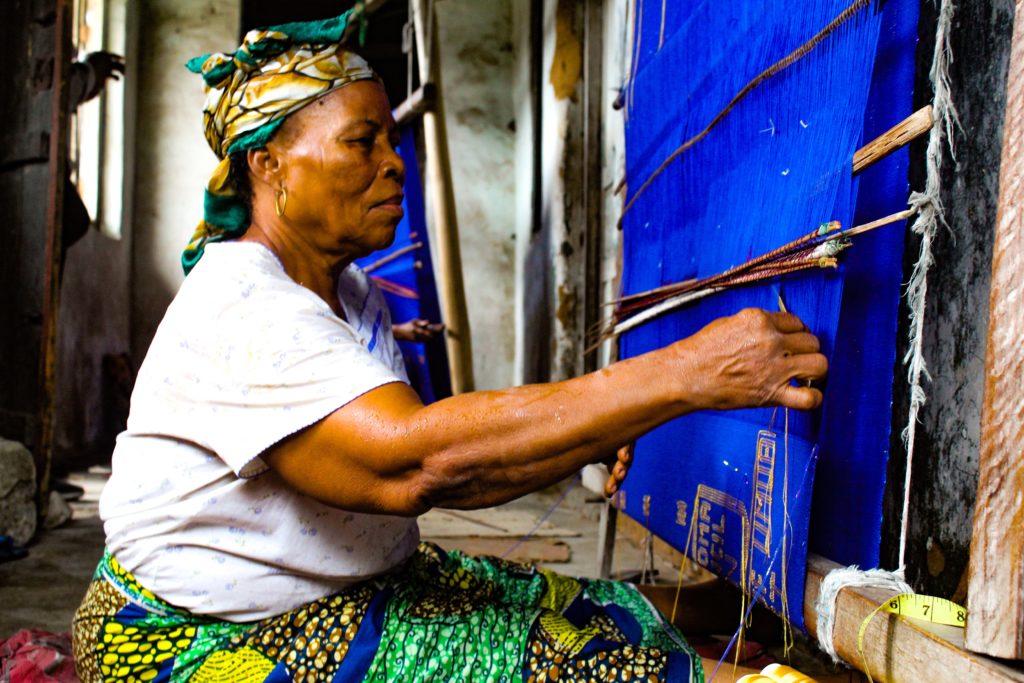Slow fashion is an emerging fashion movement that aims to prioritize sustainability in the production, consumption, and disposal of clothing.
Basically, it’s a subset of sustainable fashion.

It is an anti-thesis of fast fashion, which is characterized by mass-produced and disposable clothing that prioritizes cheap and trendy styles over durability and ethical sourcing.
By contrast, slow fashion promotes the use of eco-friendly materials, ethical labor practices, and timeless designs.
These timeless designs are worn for years, rather than a single season, which is the goal. To add to that, the impact of slow fashion on the environment is significant.
In the current fashion industry, the environmental costs of clothing production are high.
For example, the production of textiles rely heavily on non-renewable resources such as oil. Plus, it requires enormous amounts of water and energy.
The treatment of fabrics and dyes also involves toxic chemicals that pose a risk to the natural environment.
Not only that, they pose a risk to the health of workers in textile factories.
Furthermore, the fast fashion economy has led to increased landfill waste, as consumers dispose of low-quality clothing after only a few wears.
For that reason, slow fashion is a response to these problems.
Slow Fashion Reduces Excess Waste & Helps The Earth
More importantly, slow fashion prioritizes the use of natural and sustainable fibers, such as organic cotton, hemp, and linen, and minimizes the use of synthetic and non-renewable materials.
In fact, its philosophy also encourages the recycling of fabric scraps and the use of eco-friendly dyes that are free from harmful chemicals.
In addition, the movement values ethical labor practices, which prioritize fair wages and safe working conditions for workers in the textile industry.
Additionally, the impact of slow fashion has a positive effect on the planet.
For instance, it significantly reduces the carbon footprint of clothing production by minimizing the use of non-renewable resources and reducing waste.
By emphasizing the use of sustainable and biodegradable materials, slow fashion reduces:
- the reliance on toxic chemicals, and
- energy-intensive processes that harm the environment.
Moreover, this subset of sustainable fashion promotes a more conscious approach to consumption.
It does so by encouraging consumers to invest in high-quality, durable clothing that can be worn for years.
The goal is to stop consumers from buying cheap and disposable items that contribute to landfill waste.
Indeed, this movement is a response to the environmental challenges posed by fast fashion.
Therefore, by prioritizing sustainability, ethical labor practices, and durability in clothing production, slow fashion reduces the environmental impact of the fashion industry.
And, as consumers increasingly adopt a more conscious approach to fashion, this ethically-conscious fashion movement has the potential to transform the industry — creating a sustainable future for fashion that benefits both people and the planet.








